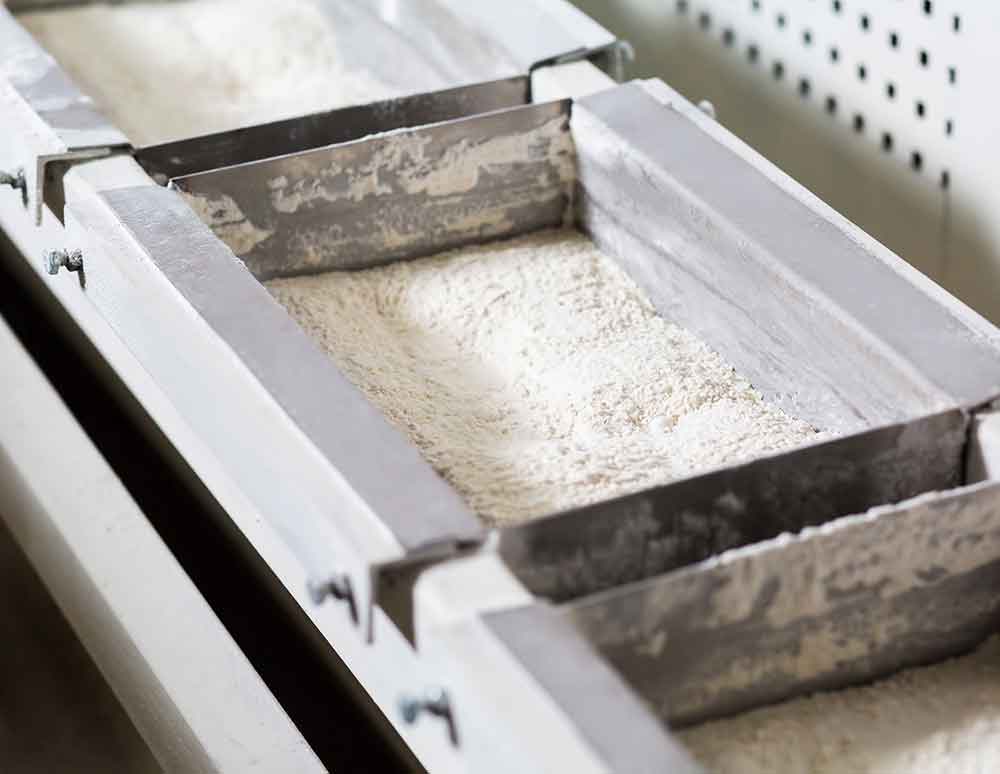Class I Locations
Class I locations are those in which flammable gases or vapors are present in the air in quantities sufficient to produce explosive or ignitable mixtures. Class I locations are further subdivided into two divisions and three zones.
Class I, Division 1: There are three different situations that could exist to classify an area as a Class I, Division 1 location:
- Ignitable concentrations of flammable gases or vapors under normal operating conditions.
- Ignitable concentrations of such gases or vapors may exist frequently because of repair or maintenance operations or because of leakage.
- Breakdown or faulty operation of equipment or processes might release ignitable concentrations of flammable gases or vapors and might also cause simultaneous failure of electric equipment.
Note: These classifications are designated by regulatory agencies. Hardy doesn’t classify but does deliver solutions that comply with regulatory requirements.
Class I, Division 2: One of the following three situations must exist for an area to be considered a Class I, Division 2 location:
- Volatile flammable liquids vapors or flammable gases are handled, processed, or used, but the hazardous materials will normally be confined within closed containers or closed systems from which they can escape only in the event of accidental rupture, breakdown of containers or systems, or from abnormal operation of equipment.
- Ignitable concentrations of gases or vapors are normally prevented by positive mechanical ventilation, which might become hazardous through failure or abnormal operations of the ventilating equipment.
- Adjacent to a Class I, Division 1 location, where ignitable concentrations of gases or vapors might occasionally be transmitted unless prevented by adequate positive-pressure ventilation with safeguards against ventilation failure.
Zone Definitions
Zones take into account different dangers from potentially explosive atmospheres. Zone 0 is the most hazardous, and Zone 2 is the least hazardous.
Zone 0: Everywhere that ignitable concentrations of flammable gases or vapors are:
- Present continuously and/or Present for long periods of time
Zone 1: Everywhere that ignitable concentrations of flammable gases or vapors are:
- Likely to exist under normal operating conditions
- May exist frequently because of repair, maintenance operations, or leakage
Zone 2: Everywhere that ignitable concentrations of flammable gases or vapors are:
- Not likely to occur in normal operation
- Occur for only a short period of time
- Become hazardous only in case of an accident or some unusual operating condition
Class II Locations
Class II hazardous locations are areas where combustible dust, rather than gases or liquids, may be present in varying hazardous concentrations. Class II locations are further subdivided into two divisions.
Class II, Division 1: One of the following three situations must exist:
- Where combustible dust is present in the air under normal operating conditions in such a quantity as to produce explosive or ignitable mixtures. This could be on a continuous, intermittent, or periodic basis.
- Where an ignitable and/or explosive mixture could be produced if a mechanical failure or abnormal machinery operation occurs.
- Where electrically conductive dust in hazardous concentrations is present.
Class II, Division 2: One of the following two situations must exist:
- Combustible dust will not normally be in suspension in the air in quantities sufficient to produce explosive or ignitable mixtures, and dust accumulations will normally be insufficient to interfere with the normal operation of electric equipment or other apparatus, but combustible dust may be in suspension in the air as a result of infrequent malfunctioning of handling or processing equipment.
- Resulting combustible dust accumulations on, in, or in the vicinity of the electric equipment may be sufficient to interfere with the safe dissipation of heat from electric equipment or may be ignitable by abnormal operation or failure of electric equipment.
Class III Locations
Class III hazardous locations contain easily ignitable fibers or flyings, but the concentration of these fibers or flyings are not suspended in the air in such quantities that would produce ignitable mixtures. Class III locations are further subdivided into two divisions.
Class III, Division 1: Easily ignitable fibers or materials producing combustible flyings are handled, manufactured, or used.
Class III, Division 2: Easily ignitable fibers are stored or handled, other than in the process of manufacturing.

